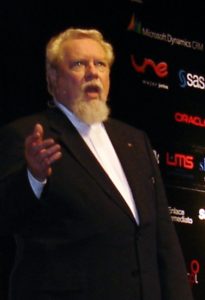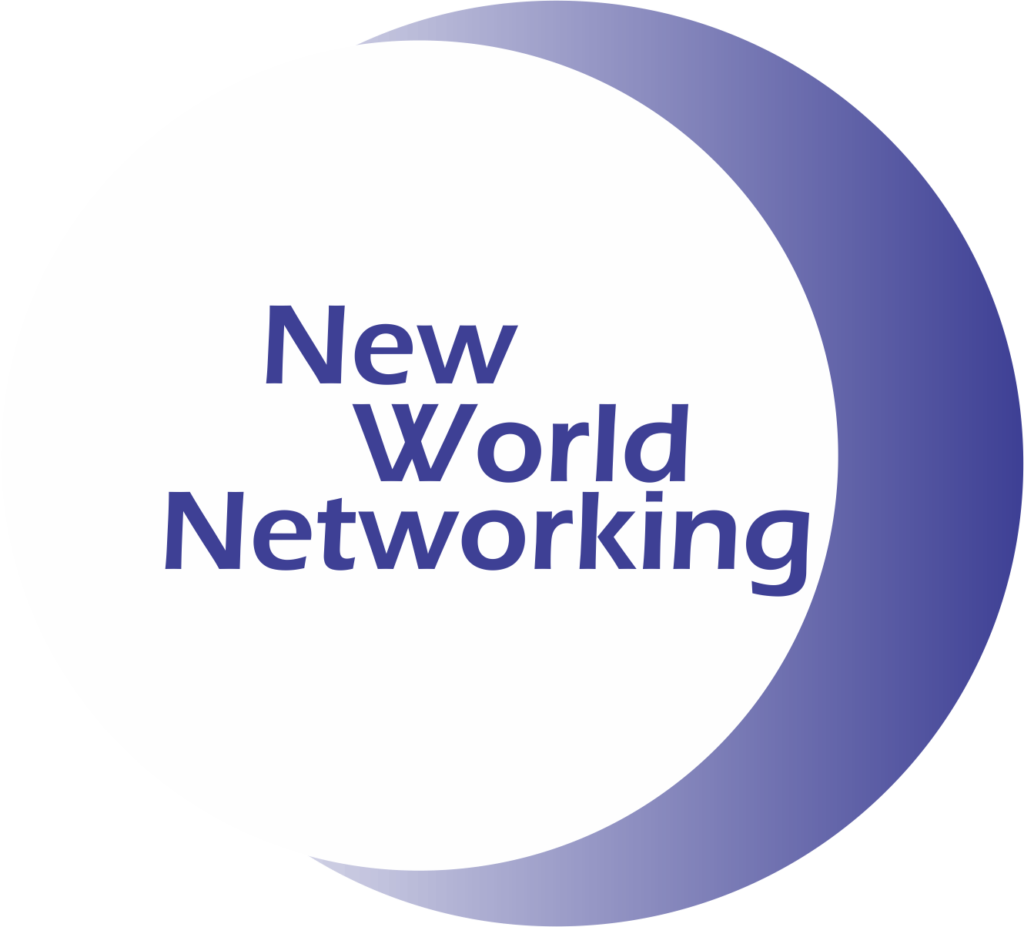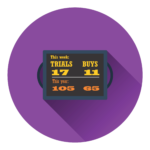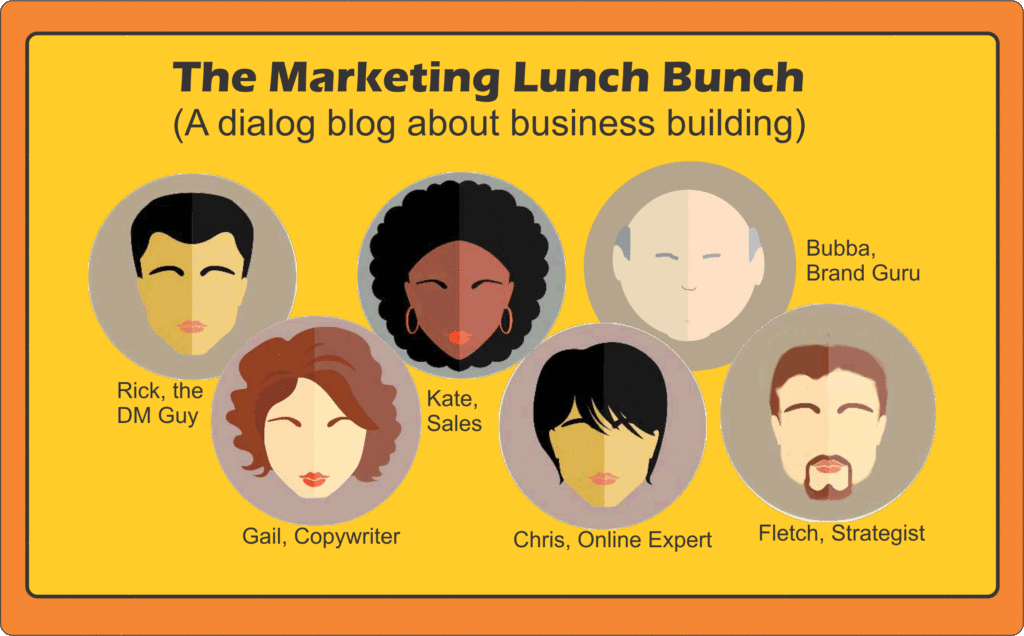It started with Bit Coin.
Now there’s AirBnB, and Etsy and Task Rabbit.
Slowly but surely Block Chain Technology is edging out the Internet as we know it.
Here’s a great explanation of the technology:
https://blockgeeks.com/guides/what-is-blockchain-technology
This technology is the next step in the evolution of networking for business development.
Most people agree that people do business with folks they know, like and trust and that trust is based on reputation.
The more secure your reputation, the easier it is to get to trust.
This technology will make building a reputation and maintaining it easier but your brand will have to be carefully nurtured along the way.
Block Chain Technology is more secure than the server based internet. There is no central place a hacker can go to mess with your reputation. It is hosted by millions of computers, simultaneously.
Block Chain Technology is more up to date as it reconciles all transactions on all the stored blocks about every ten minutes. Your information is embedded and updated in the entire network not in a single place.
Block Chain Technology is more collaborative. The network operates on a user-to-user (or peer-to-peer) basis. An entire team can make changes in a document at the same time.
Block Chain Technology enables peer to peer payments. You won’t have to go through an intermediary like Uber. OpenBazaar uses the technology to create a peer-to-peer eBay.
Block Chain Technology is transparent (nothing is hidden) and publicly accessible. Imagine if it were used for elections. Governance, even in the corporate world, could be managed in the block chain.
Block Chain Technology can protect your intellectual property. You could use smart contracts to protect copyright and automate the sale of your creative works online, eliminating the risk of file copying and redistribution.
Block Chain Technology will protect your reputation. Identity verification is critical to on-line transactions in the sharing economy. Applications currently in development will allow you to have a digital identity for you and your business deliverables that is secure well beyond what is currently available.
Are you ready for New World Networking?
 Jerry Fletcher is a beBee ambassador, founder and Grand Poobah of www.BrandBrainTrust.com
Jerry Fletcher is a beBee ambassador, founder and Grand Poobah of www.BrandBrainTrust.com
His consulting practice, founded in 1990, is known for Trust-based Brand development, Positioning and business development on and off-line. He is also a sought-after International Speaker.
Consulting: www.JerryFletcher.com
Speaking: www.NetworkingNinja.com
Get all the Brand Success Stories. Sign up at http://www.brandbraintrust.com/home.html















